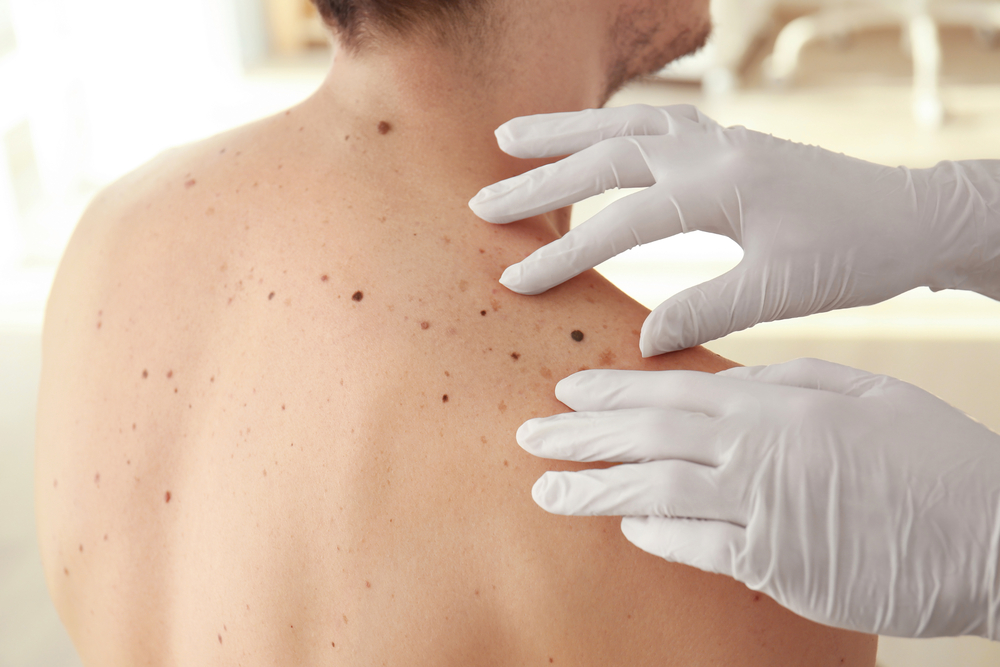Experience the benefits of a chemical peel at a professional clinic.
Experience the benefits of a chemical peel at a professional clinic.
Blog Article
Browsing Skin Cancer Cells Treatment: The Essential Duty of Mohs in Modern Dermatology Practices
Skin cancer, a challenging medical diagnosis, frequently leaves people grappling with various therapy alternatives. As we check out the details of this procedure, one will certainly value its critical function in skin cancer cells treatment.
Comprehending Skin Cancer Cells: Types and Dangers
Skin cancer cells, a potentially serious malady, is much extra prevalent than many individuals realize. This illness, triggered by the unchecked growth of irregular skin cells, largely results from DNA damage due to exposure to the sunlight and ultraviolet (UV) light. There are 3 major types of skin cancer: Basal cell carcinoma, Squamous cell cancer, and Melanoma. While the previous 2 are much less dangerous and make up most of identified instances, cancer malignancy is one of the most dangerous. It represents just regarding 1% of skin cancer cells instances yet creates the vast majority of skin cancer deaths - chemical peel. Threat factors include fair skin, background of sunburn, excessive sunlight direct exposure, living at high elevations or near the equator, having several moles, a family members background of skin cancer cells, and weakened immune system.
What Is Mohs Surgical procedure and Just How It's Changing Skin Cancer Cells Treatment
In spite of the numerous therapies presently readily available for skin cancer, Mohs surgery stands out as a groundbreaking and very effective solution. Named after Frederic E. Mohs, the medical professional who established the treatment, Mohs surgical procedure is a precise surgical method made use of to deal with skin cancer cells. This degree of accuracy, incorporated with the capacity to save as much healthy and balanced tissue as feasible, is transforming skin cancer treatment.
The Advantages of Mohs Surgical Treatment Over Standard Skin Cancer Treatments
Structure on the ingenious nature of Mohs surgical treatment, it's essential to consider its numerous advantages over typical skin cancer cells treatments. Unlike standard operating procedures, Mohs provides a higher cure rate, commonly getting to 99% for novice treatments and 94% for reoccurring cancers. This accuracy results from its special technique of gradually removing and examining cells layers till only cancer-free cells remain (hair loss). Additionally, it decreases damage to healthy skin, bring about much less scarring and enhanced aesthetic end results. Mohs likewise provides prompt outcomes, eliminating the anxiety-ridden delay typical with other approaches. It's affordable, as the surgical procedure and microscopic exam occur concurrently, getting rid of the need for extra laboratory solutions. Thus, Mohs represents a substantial improvement in dermatological methods. click for source
The Procedure of Mohs Surgical Treatment: What to Expect During the Process
:max_bytes(150000):strip_icc()/GettyImages-1154030721-974bcd6d70ff4489ba961317f1f3640f.jpg)
Possible Side Effects and Post-Operative Treatment of Mohs Surgery
Undertaking Mohs surgery, like any kind of other procedure, i was reading this involves possible side effects that individuals should understand. Usual negative effects consist of discomfort, bruising, and swelling at the surgical procedure website. These are usually short-term and convenient with over-the-counter pain medication and ice packs. In uncommon instances, patients may experience infection, blood loss, or an allergy to the anesthetic. Post-operative treatment is critical to healing and reducing side impacts. This commonly involves keeping the wound clean and dry, taking proposed drugs, and staying clear of exhausting activities. Clients must additionally participate in all follow-up appointments for wound care and monitoring. Sometimes, additional treatments might be essential to ensure full elimination of the cancerous cells. Complying with these post-operative treatment standards can considerably improve healing and results.
Conclusion

Report this page